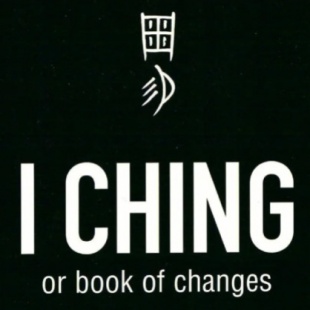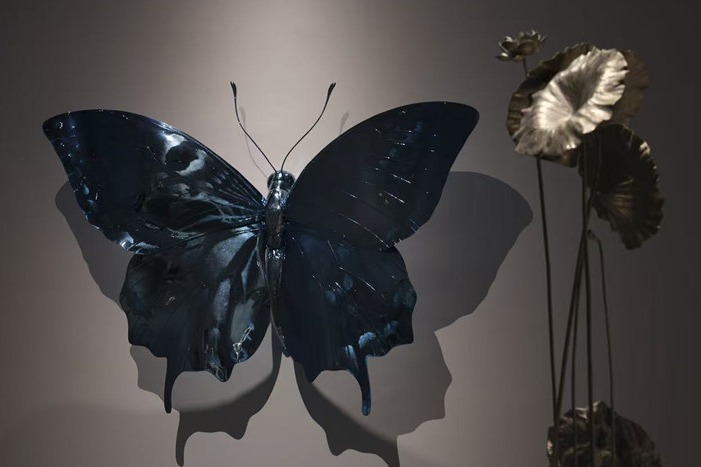Ethiopian painter takes his inspiration from Chinese classic I Ching

Standing in front of a canvas in an art gallery in the heart of Addis Ababa, Ethiopia's capital, 50-year-old artist Dawit Muluneh is fully absorbed in the painting of ancient Chinese characters.
Surrounding him are pieces he has painted based on the I Ching, or the Book of Changes, a classic that has existed for more than 2,000 years and which remains a source of Chinese culture.
"I Ching means truth and is founded on the eight gifts of nature, namely heaven, earth, thunder, wind, water, fire, mountain, and lake. In general, the I Ching explains the wisdom of nature," Muluneh told Xinhua at the Medemer Africa Art and Sculpture Space.
His collection of 64 paintings represent the 64 divinatory symbols in the book. They portray the day-today interaction between man and nature, and impart knowledge and feeling to visitors through descriptions in Chinese, English, and Amharic.
Although Muluneh does not speak Chinese, he became interested in the book a few years ago after his friend Gossa Oda, who owns the gallery, introduced him to The Complete I Ching, which explains the ancient Chinese classic in English.
"The paintings express delight, hindrance, relief, encountering, courage, childhood, and union," says Muluneh, who was inspired first and foremost by the characters qian and xian, which respectively translate as "humbleness" and "mutual influence".
Over the course of the year it took him to paint, Muluneh turned to the internet to research these characters and drew surprising similarities between ancient Ethiopian and Chinese civilizations, in terms of painting styles, landscapes, and people's attitudes toward nature.
"Both Ethiopia and China have a long history of working with clay and bamboo, traditional medicines, and musical instruments," he says, stressing that cultivating ancient knowledge will help both countries prosper in the right way.
In explaining the book, the artist says it not only speaks about the present and future potential but also gives instructions on what to do and what not to do to achieve good fortune and avoid misfortune, and that its guidance is based on the observation of natural laws by ancient philosophers.
Mentioning that Ethiopia and China have greatly contributed to current world civilization, Muluneh says the I Ching helps cultivate well-disciplined citizens and promotes a good way of life.
Launched in May 2023, the Medemer Africa Art and Sculpture Space is frequently visited by schoolchildren, artists, and members of the Chinese community in Addis Ababa.
"Visitors to our gallery space will be introduced to the basic concepts of the I Ching, and its complicated concepts are translated into both English and Amharic," says Oda.
He says that Muluneh's paintings are unique for their beauty, variation, and composition, and share aesthetic sensibilities and cultural correlations between Ethiopia and China.
The ancient Chinese philosopher Confucius and his disciples are believed to have written an interpretation of the I Ching several hundred years after it first appeared and according to researchers, it would be difficult to understand the ancient classic without the philosopher's annotations and comments.
"After viewing the I Ching paintings, visitors will be able to learn about Chinese civilization and delve deeper into the book. By reading Confucius' commentaries, they will understand China's cultural and aesthetic influence, such as the virtues of duty and piety, on world civilization," Oda says. "The I Ching can help visitors understand their future potential as well as their present circumstances, and each painting can be interpreted differently. Each is associated with a divinatory symbol, which indicates future potential or tendency."





































